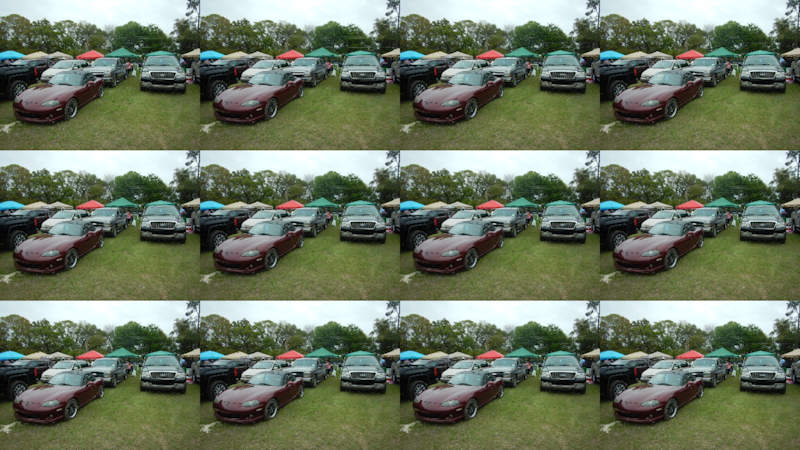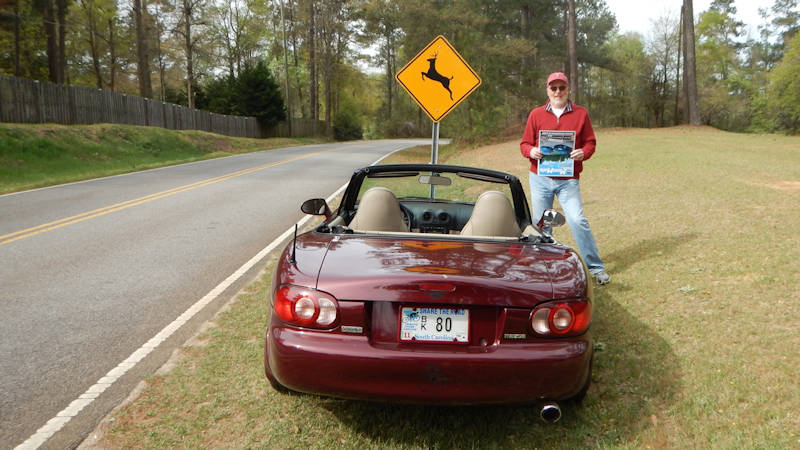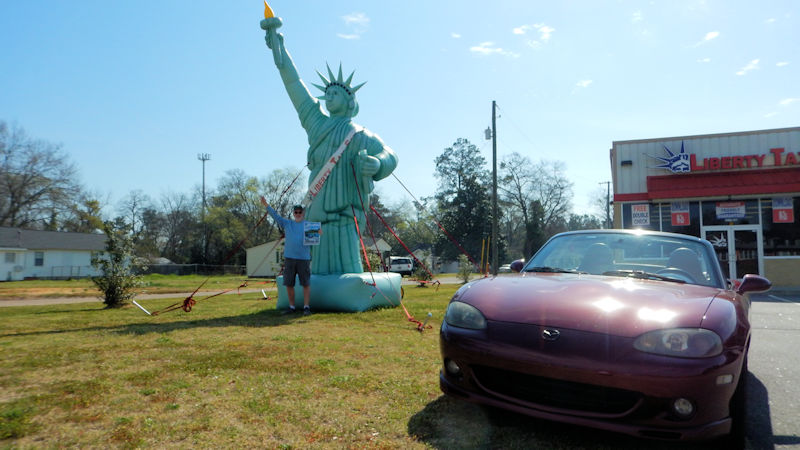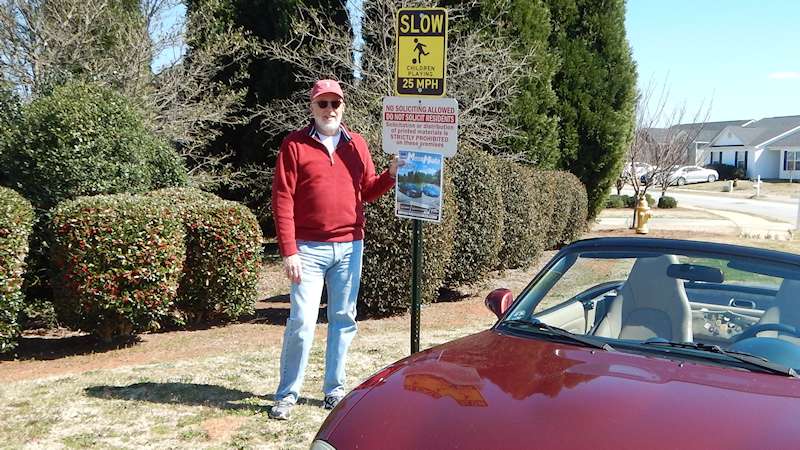Then & Now
1956 Porsche 356/1500S Speedster & 1991 Mazda Miata
The Second in a series of wheel-to-wheel comparisons
In purely technical terms, a comparison of the Porsche 356 Speedster and the Mazda MX-5 Miata doesn’t compute. How can you relate a horizontally-opposed, air-cooled, rear-engine car of the Fifties with a front-engine, twin-cam, 16-valve machine of the Nineties, one that we currently accept as the state of the sports car art? You can’t.
So forget the specifications for a minute and consider the generally accepted definition of a sports car: a small, two-seat roadster built for just one purpose, driving pleasure. Now, in that context, put yourself back in the Fifties, and into the Porsche.
For that time the Speedster was very light and simple but also extremely sophisticated, neatly detailed and well finished. Just like the Miata today. The Speedster had a tight structure, supple suspension and precise steering. Just like the Miata today. The Speedster had a very reliable engine, developed from a high-volume production unit to give substantially more power and brisk if not exactly neck-snapping acceleration. Just like the Miata today.
In the matter of style, the appeal was not so obvious. The shape of the Porsche .356—in particular the roofless Speedster with its low windshield—was likened by many to an upside-down bathtub, and its nose, lacking the traditional radiator intake, was extremely plain.
Not like the Miata, which can be said to be a scaled-down expression of currently accepted styling themes. In the mid-Fifties only a very adventuresome person took naturally to the Porsche’s extreme aerodynamics; hindsight tells us that the 356 shape was logical and harmonious, well suited to its purpose and therefore an excellent design. Personally, I find its looks more appealing today than ever.
Getting into a Speedster today, especially Bill Strickler’s beautifully restored but thoroughly exercised example, I’m more impressed by the way it copes with the driving demands of the Nineties than by its shortcomings. Certainly the steering has a bit of play compared to a Miata’s and you must think about the brakes at first rather than just count on them, but after a short familiarization the Speedster feels nimble and eager for the road.
Although the engine doesn’t wind as high as the Miata’s and there are only four gears instead of five, the Speedster has enough torque to feel strong (helped by its significantly lower weight, at 1745 pounds almost 400 less than the Miata’s).
In its day and over the years the Porsche 356 has earned a reputation for oversteering, not surprising when you consider that its engine is entirely behind the rear wheels. In fact this “problem” was considerably reduced on the 1955 Speedster and subsequent 356 models by a change in the front torsion bars; the type retained its entertaining, “tossable” handling without such an alarming end-effect, at least for an alert driver.
What makes the Speedster seem still modern today is the integrity of its structure, the smoothness of its ride and its relatively quiet performance; it never feels strained. There’s no Shock of the Old when switching from the Miata to the Speedster.
Inside, the Porsche gives great aesthetic satisfaction. While simple, the interior is beautifully finished, with lovely leather bucket seats and a painted instrument panel that provides a fresh, colorful environment, especially compared to the all-black interior of the standard Miata. (This is one of the reasons I look forward to the BRG Miata with its tan cockpit.) The Speedster’s top goes up and down just as easily as the Miata’s, and the little side windows can be attached fairly quickly, but the low windshield, low seating and small rear window reduce the driver’s view substantially.
Now that we have the feel of the two cars, we can get back to a numerical comparison without being misled. The Mazda has 32 more horses—if you really use the revs—and it’s almost a second quicker from 0 to 60 mph. The quarter-mile times differ by only 0.4 second; what is significant is that the Miata is going 6 mph faster at that point and will continue on to a maximum of 117, compared to 101 for the Speedster.
It’s really engine revs that make the difference; the modern twin-cam, 16-valve engine just keeps on going. In this respect, the bore/stroke ratios are interesting. The 356/1500S engine was modern for the Fifties by being decidedly oversquare; the Miata B6-ZE “reverts” to the traditional longer stroke, meeting today’s reliability standards through modern metallurgy. This should produce lots more torque, although I’ve never felt the Miata really strong in this department. The 23.0 mpg obtained by the Porsche is just 2.5 lower than the Miata’s; this was an excellent achievement for the Fifties, obtained by a combination of light weight, allowing more relaxed gearing, and good aerodynamics.
While the aesthetics of driving the Porsche and Mazda two-seaters are on a par, in actual practice of course you couldn’t get as much hard driving out of the Speedster, day in and day out, then or now. It wouldn’t be fair to try. What is truly remarkable is how satisfying a thirty-five-year-old sports car can be. If you put a 1956 Volkswagen sedan — which shared much of its basic technology with the early Porsches — beside a 1991 Mazda 323, the comparison wouldn’t hold up. The true achievement of the Porsche 356 Speedster was that it went so far beyond its beginnings. The Miata, on the other hand, is just what we expected from Mazda.
Specification Comparison Chart
Copyright 1991, Miata Magazine. Reprinted without permission.





